| |
Family (Alpha): | |
| View | Rhaphidophoridae Members:
| NC Records |
|---|
Ceuthophilus gracilipes (Haldeman, 1850) - A Camel Cricket |
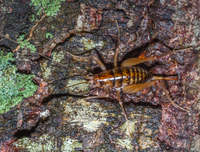
Female | 
Male |
|
|
|
|
|
Image Gallery for Ceuthophilus gracilipes - A Camel Cricket
|
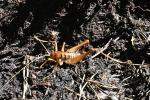 | Recorded by: J. Mickey
Wilkes Co.
Comment: | 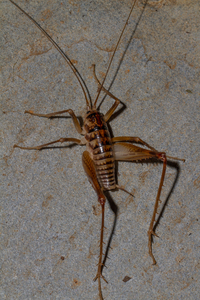 | Recorded by: Rusty Williams
Ashe Co.
Comment: |
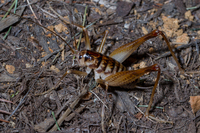 | Recorded by: Rusty Williams
Ashe Co.
Comment: Male, found outside cabin |  | Recorded by: Steve Hall and Bo Sullivan
Ashe Co.
Comment: At beer-banana bait |
 | Recorded by: Steve Hall and Bo Sullivan
Ashe Co.
Comment: At beer-banana bait |  | Recorded by: Owen McConnell
Graham Co.
Comment: |
 | Recorded by: Brian Bockhahn
Stokes Co.
Comment: |
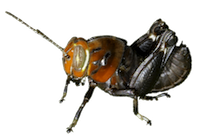
 »
»
 »
»